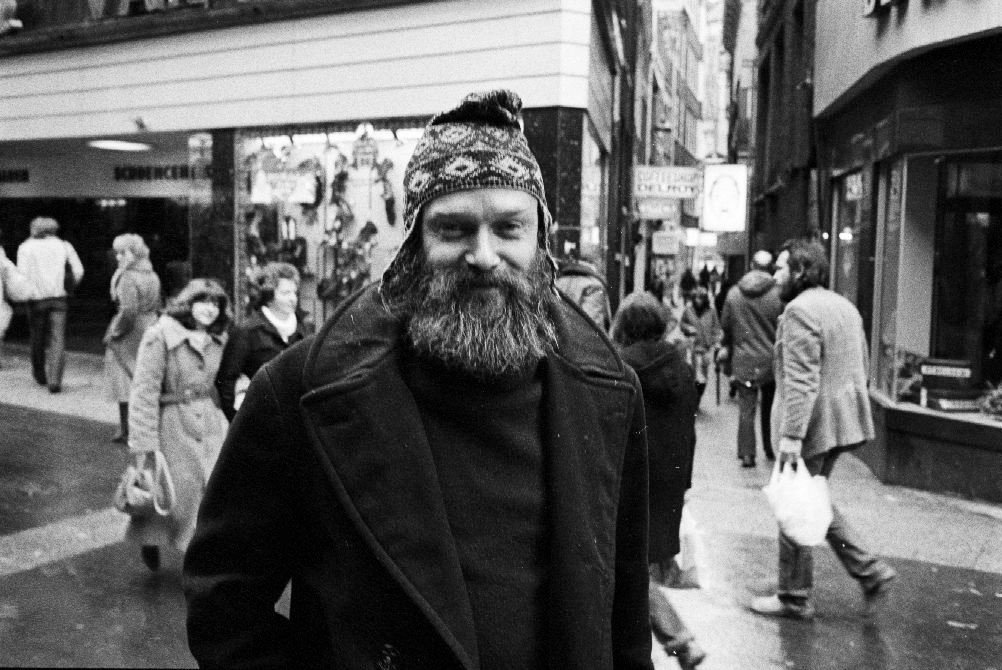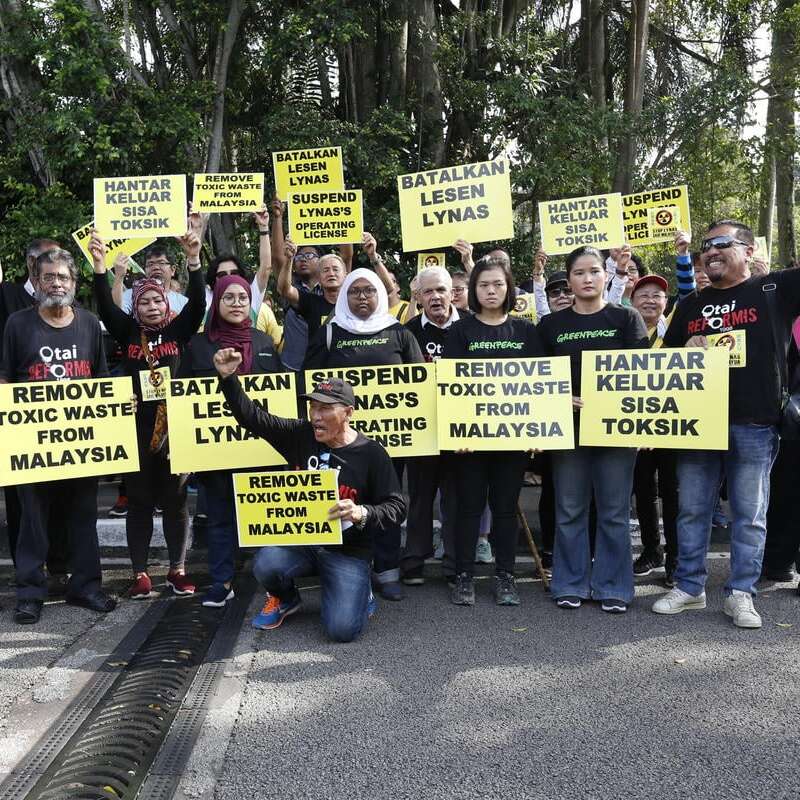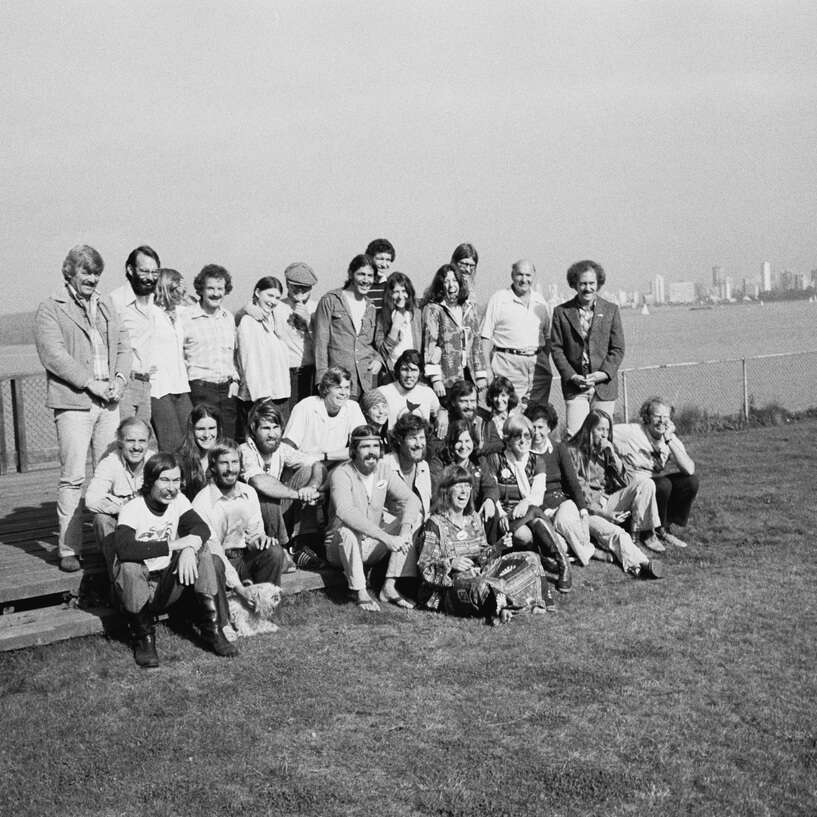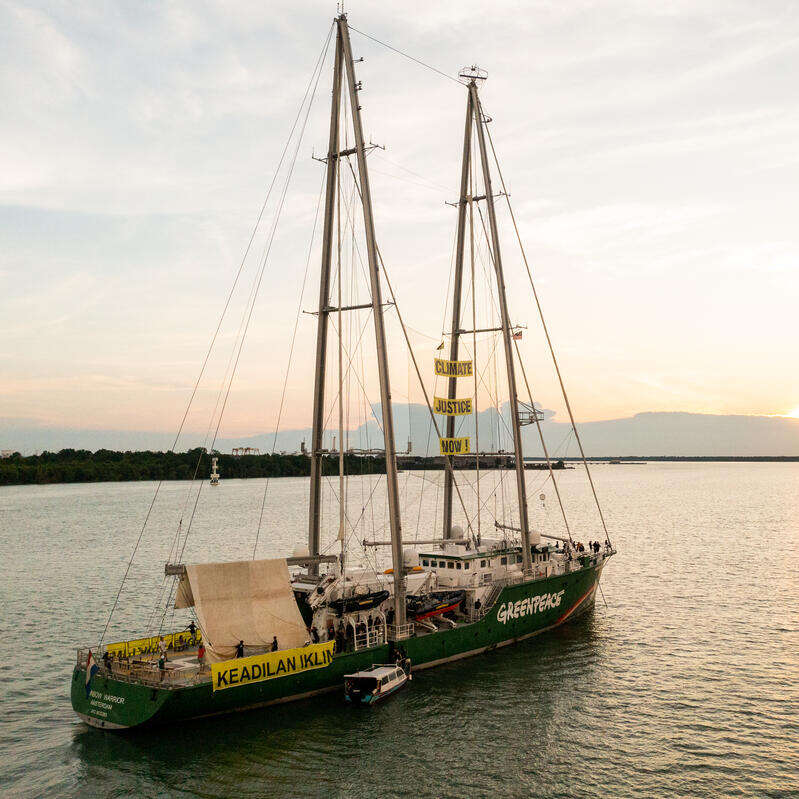Our History
For over 50 years – on all continents and oceans – together we have spoken truth to power, borne witness, stopped, blocked and placed our bodies in the way of environmental destruction.

How Greenpeace was founded
Learn how a small group of activists sparked a global movement for environmental protection that grew into what Greenpeace is today.

In 1970, the Don’t Make A Wave Committee was established; its sole objective was to stop a second nuclear weapons test at Amchitka Island in the Aleutians. The committee’s founders were Dorothy and Irving Stowe, Marie and Jim Bohlen, Ben and Dorothy Metcalfe, and Bob Hunter. Its first directors were Stowe, Bohlen, and a student named Paul Cote.

Canadian ecologist Bill Darnell came up with a dynamic combination of words to bind together the group’s concern for the planet and opposition to nuclear arms. In the words of Bob Hunter, “Somebody flashed two fingers as we were leaving the church basement and said ‘Peace!’ Bill said ‘Let’s make it a Green Peace’. And we all went Ommmmmmmm.” Jim Bohlen’s son Paul, having trouble making the two words fit on a button, linked them together into the committee’s new name: Greenpeace.

Marie Bohlen was the first to suggest taking a ship up to Amchitka to oppose the U.S. plans. The group organised a boat, the Phyllis Cormack, and set sail to Amchitka to “bear witness” (a Quaker tradition of silent protest) to the nuclear test. On board were: Captain John Cormack, the boat’s owner), Jim Bohlen (Greenpeace), Bill Darnell (Greenpeace), Patrick Moore (Greenpeace), Dr Lyle Thurston (medical practitioner), Dave Birmingham (engineer), Terry Simmons (cultural geographer), Richard Fineberg (political science teacher), Robert Hunter (journalist), Ben Metcalfe (journalist), Bob Cummings (journalist), Bob Keziere (photographer).

Bob Hunter would take the lessons of that first voyage forward and improvise upon them to the point that he, more than anyone else, invented Greenpeace’s brand of individual activism. Amchitka, it has turned out, was only the beginning of what would come to be a much bigger story.
The History of Greenpeace Malaysia in Southeast Asia
Since 2000, Greenpeace has been a leading force in safeguarding Southeast Asia’s environment amid mounting threats of climate change, deforestation, and pollution. Through strategic campaigns, we’ve made significant strides in countries like the Philippines, Thailand, Indonesia, and Malaysia.
Greenpeace’s office in Malaysia is the fourth office in Southeast Asia after the Philippines, Thailand and Indonesia, launched in 2017. Despite being the newest office in Southeast Asia, our achievements include halting hazardous waste imports, including illegal plastic waste, combating destructive logging, and opposing polluting technologies such as waste incinerators and coal power plants in the region. Our advocacy extends to promoting forest protection and renewable energy solutions.
Two decades of environmental investigations, scientific research, reports and lobbying efforts marked with dramatic, non-violent direct actions have propelled our campaigns to bring about critical change in attitudes of government and corporations and have helped us achieve important victories in our campaign to protect the environment.
Learn more about Greenpeace

Who we are
Greenpeace exists because this fragile earth deserves a voice. But, do you know what are our mission and vision?

Our founders
In Vancouver, it’s joked anyone at a bar might claim to have founded Greenpeace, but its origins are distinct.

Our ships
Our ships tackle nuclear tests, document ocean plastics, research Arctic climate change, and stop illegal Amazon timber.
Subscribe for updates
Together we are part of a growing, global movement determined to bring about the changes our planet desperately needs.
